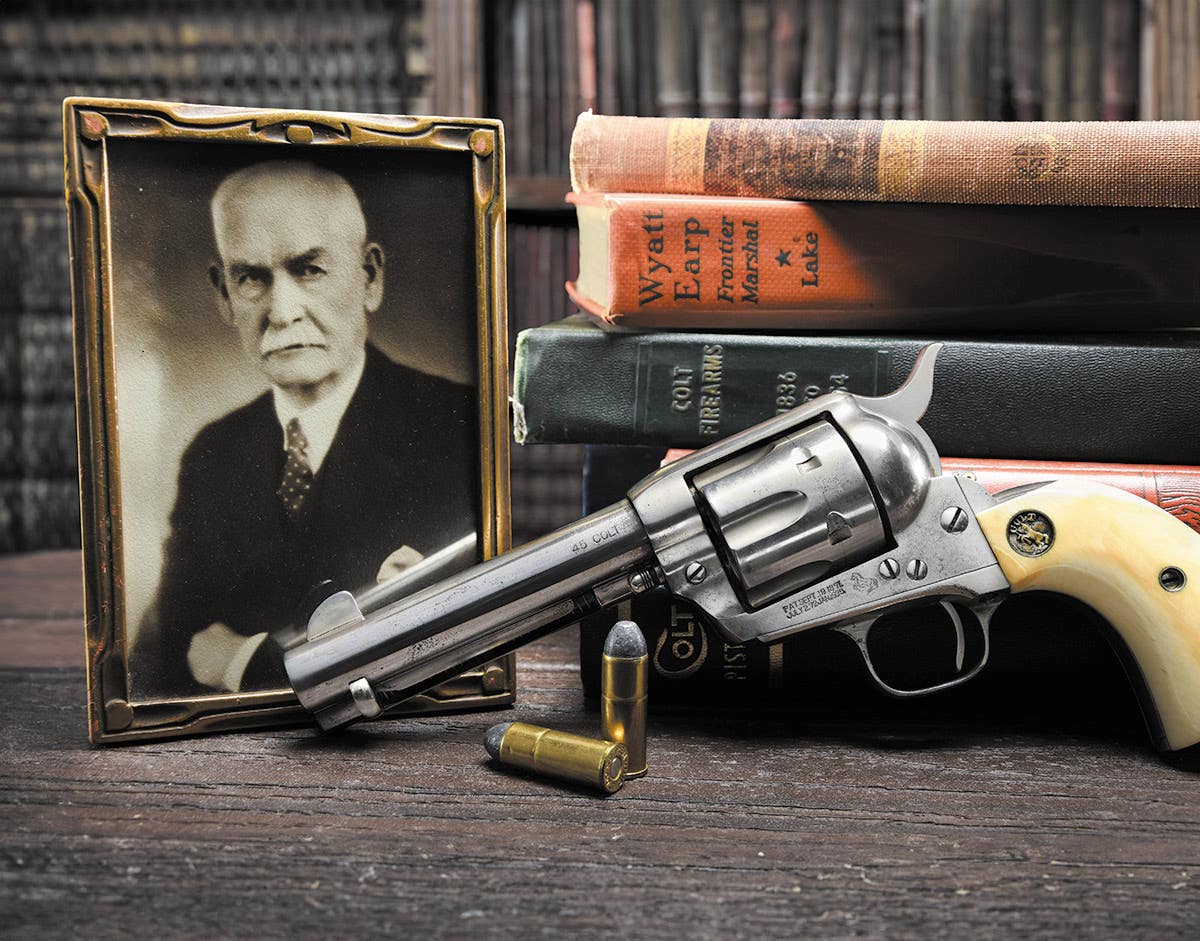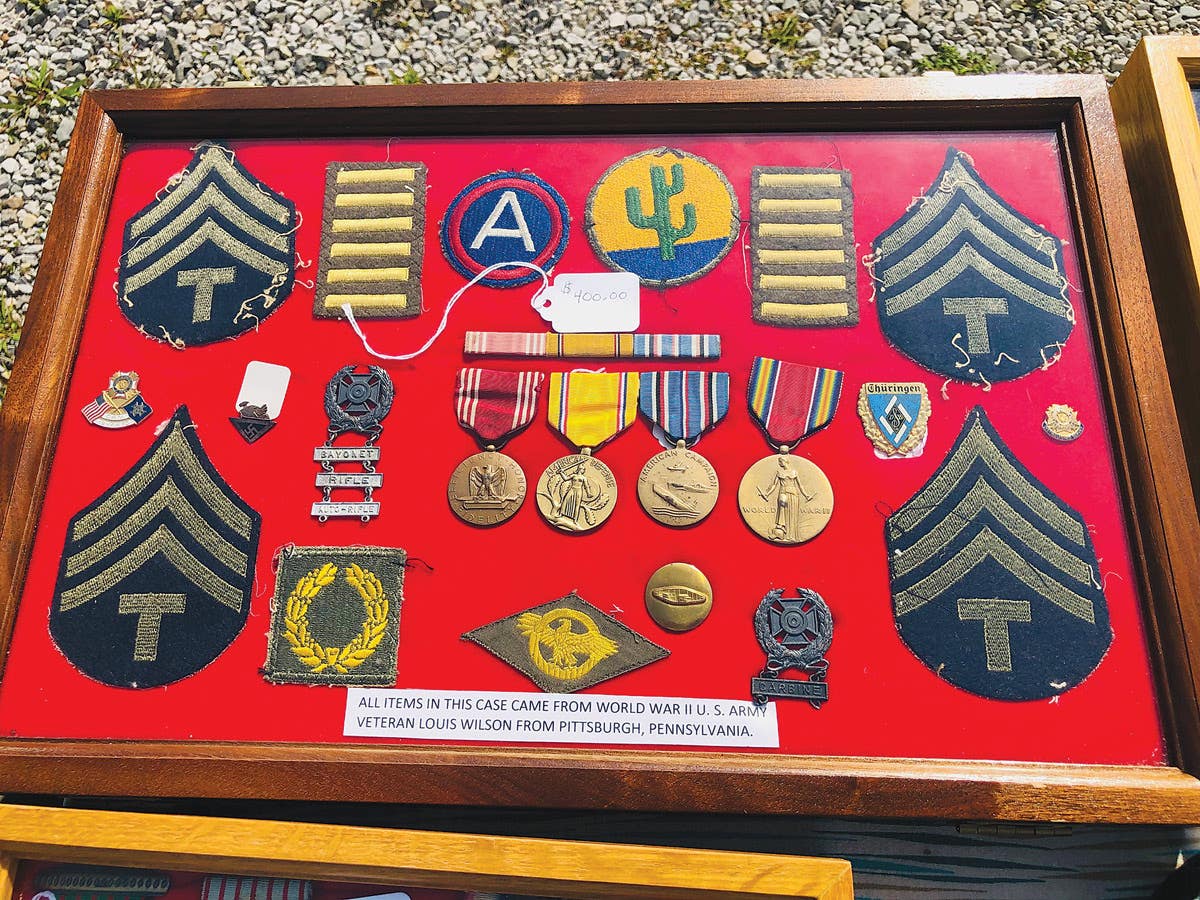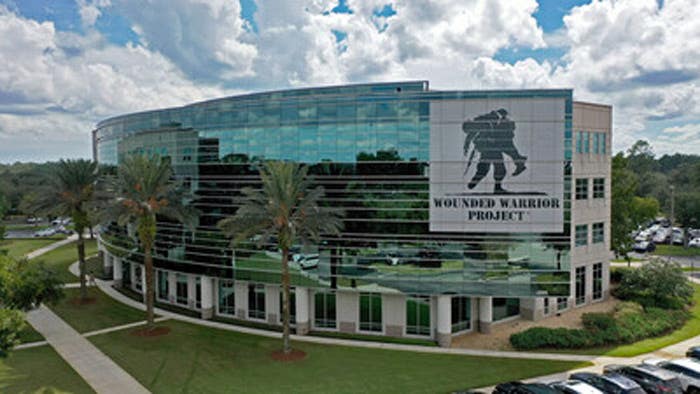White Rust and Zinc Pest threaten your military medals and relics
These two conditions affect zinc articles that were manufactured during the 1930s, 1940s, and 1950s.
Zinc pest is breaking down your relics
Zinc pest (from German Zinkpest, also known as zinc rot and mazak rot) is different from a superficial white corrosion oxidation process (Weissrost — see below) that may affect some zinc articles. Primarily, it affects die-cast zinc articles that were manufactured during the 1930s, 1940s, and 1950s. Regardless, collectors use the terms interchangeably to describe any sort of degradation to zinc-based relics and artifacts.
The rot was first discovered to be a problem in 1923. Zinc pest is a destructive, intercrystalline corrosion process of zinc alloys containing lead impurities. While impurities of the alloy are the primary cause of the problem, environmental conditions — such as high humidity (greater than 65%) — may accelerate the process.
Affected objects may show surface irregularities such as small cracks and fractures, blisters or pitting. Over time, the material slowly expands, cracking, buckling and warping in an irreversible process that makes the object exceedingly brittle and prone to fracture, and can eventually shatter the object, destroying it altogether.
Due to the expansion process, attached normal material may also be damaged. The occurrence and severity of zinc pest in articles made of susceptible zinc alloys depends both on the concentration of lead impurities in the metal and on the storage conditions of the article in the ensuing decades.
Zinc pest is the scourge for collectors of German badges, vintage die-cast model trains, toys, or radios, because these items can be made worthless if infected. Castings of the same medal or object were usually made from various batches of metal over the production process. Therefore, some examples of a given badge or object may survive completely unaffected, while other identical examples may have completely disintegrated. After 1960, purer materials and more care during the manufacturing process almost totally eliminated the prospect of zinc pest emerging.
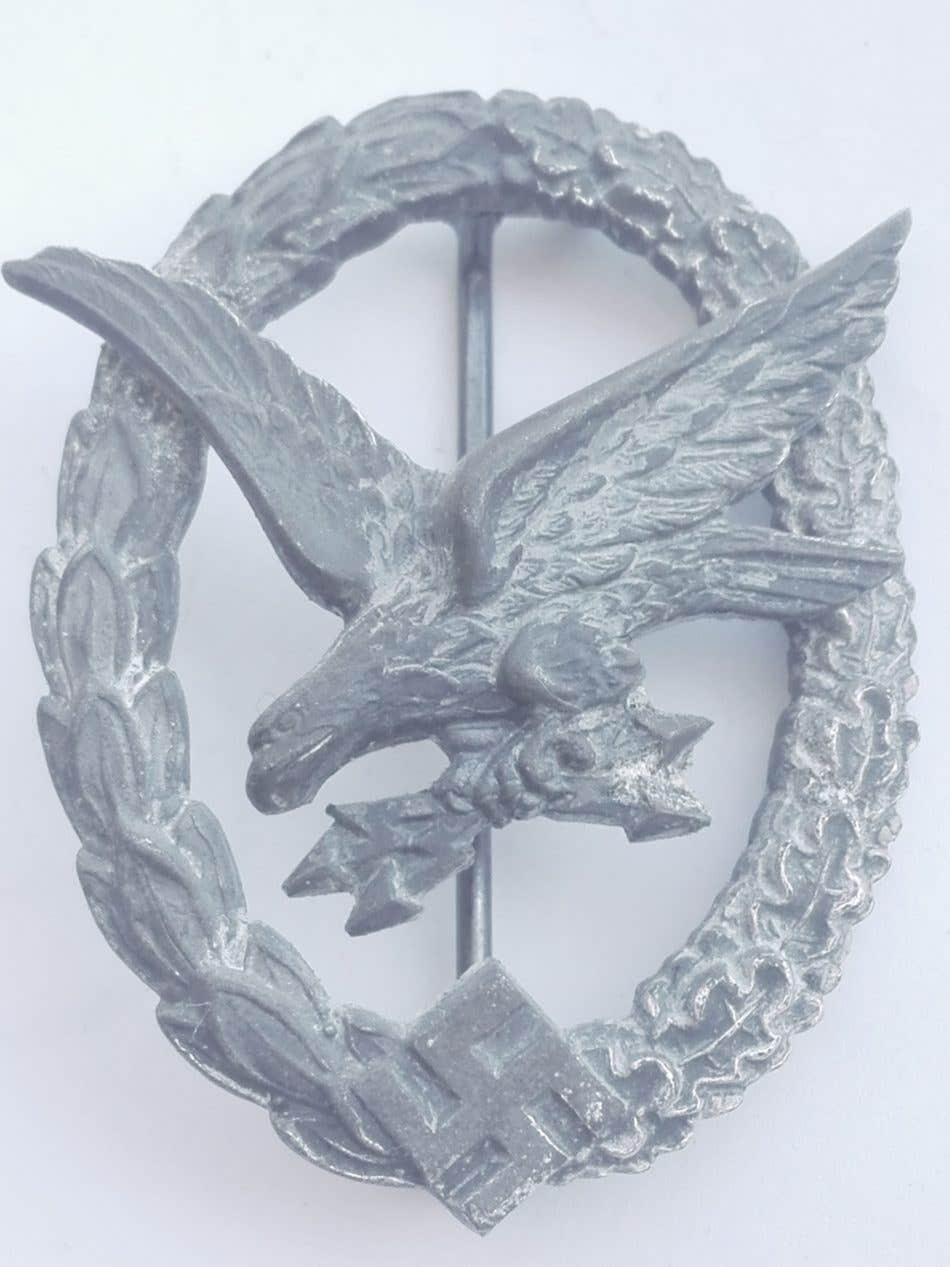
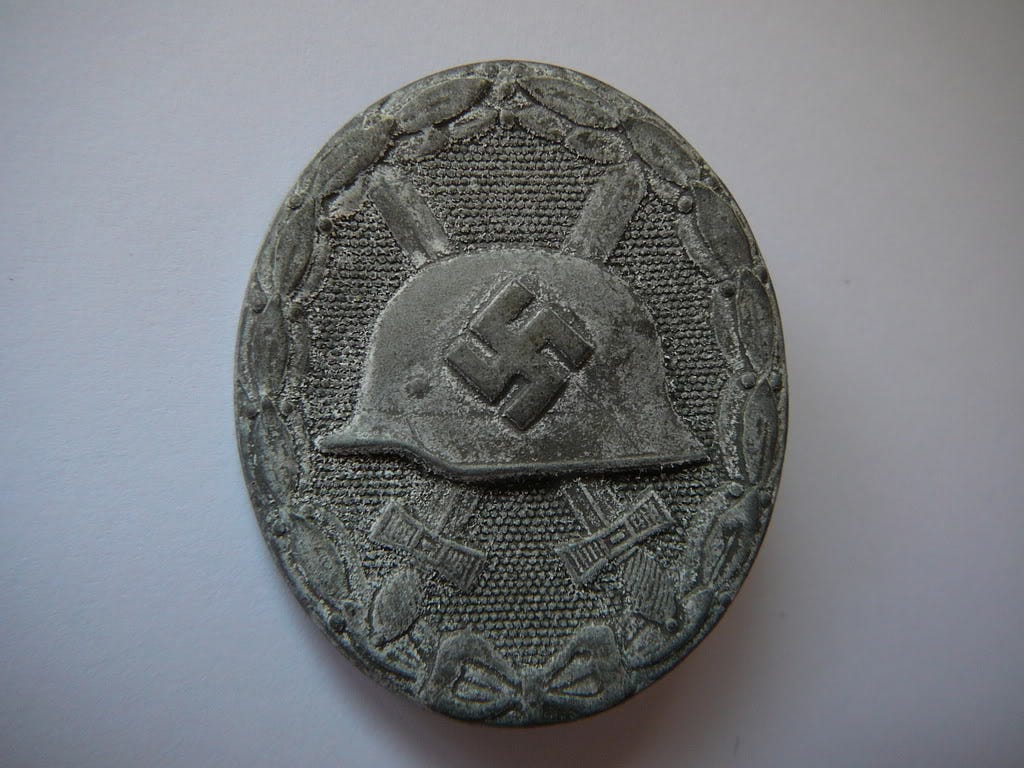
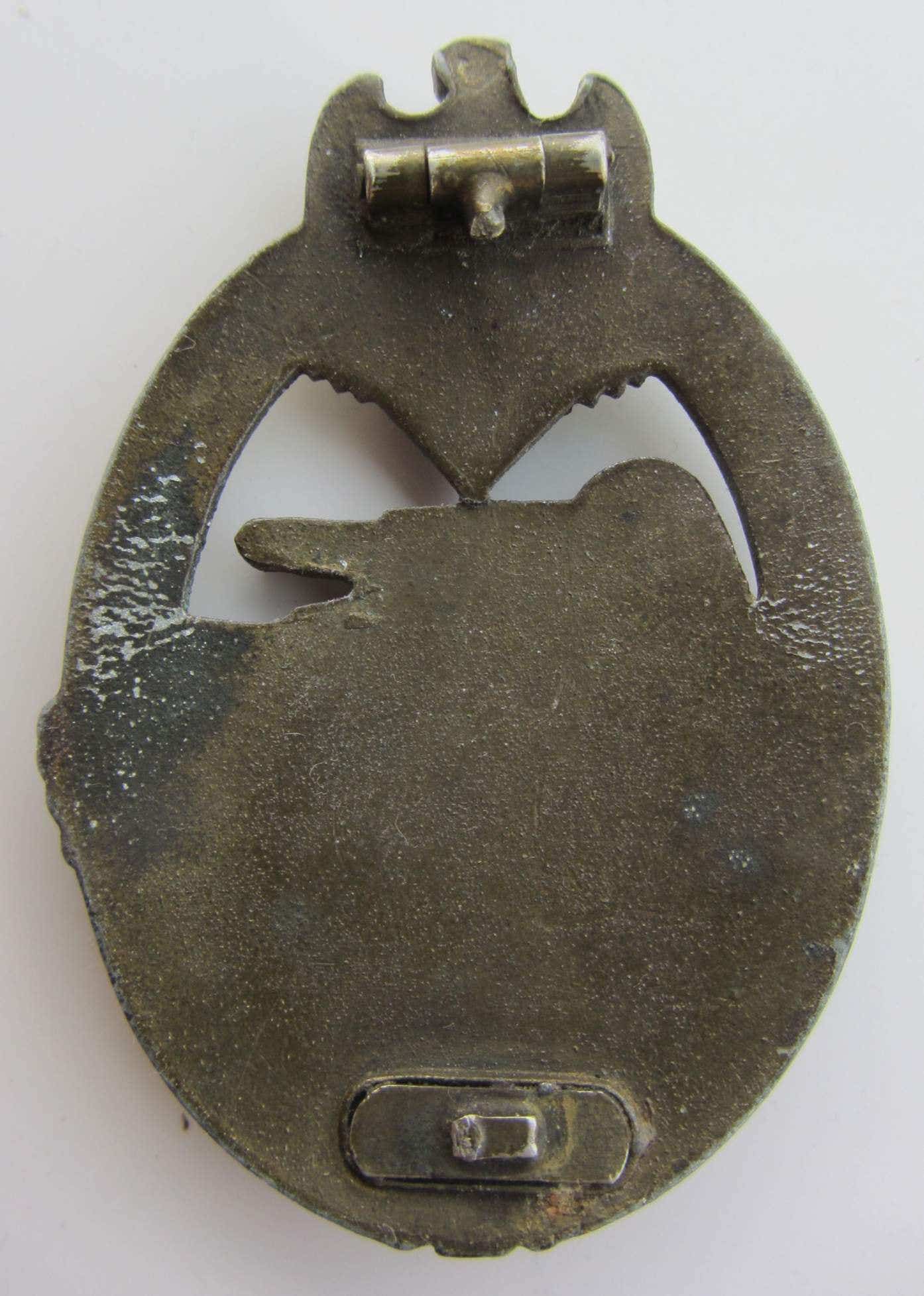
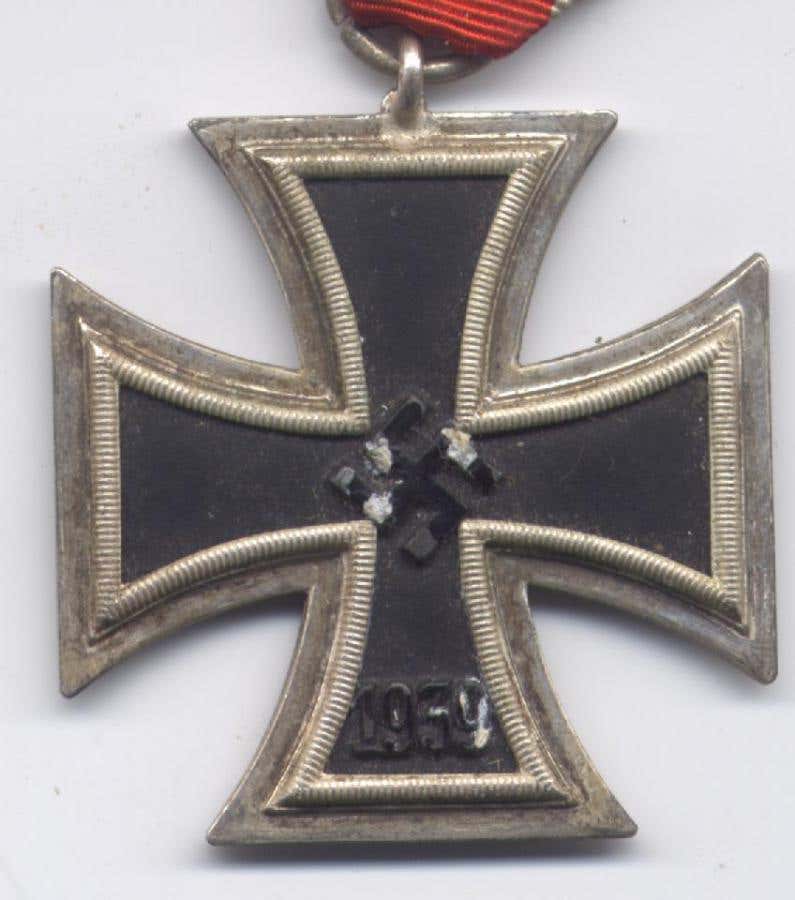
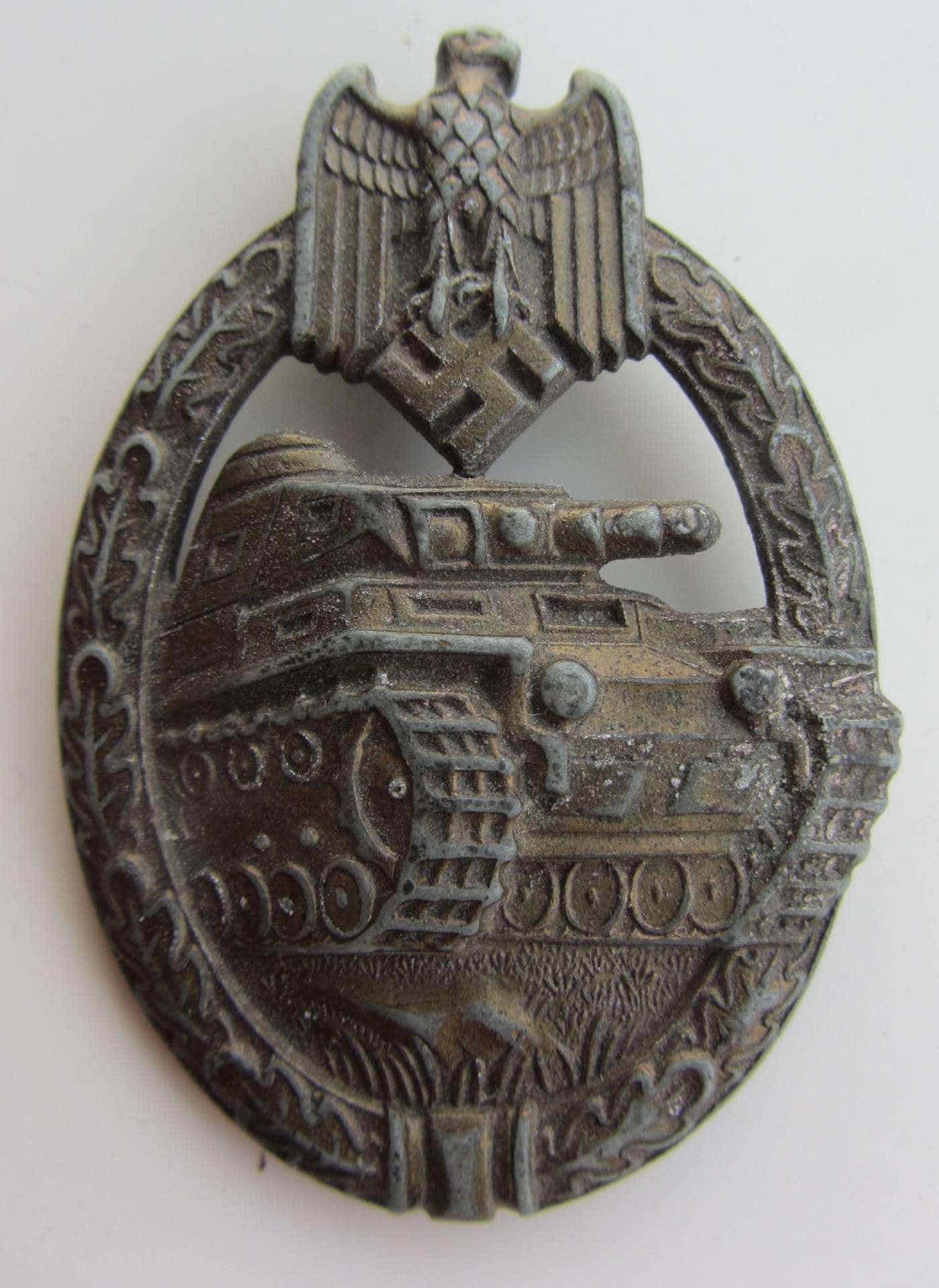

Weissrost (“white rust”) is the corrosion you see
Weissrost (“white rust”), on the other hand, is the name for corrosion that forms on zinc surfaces under certain conditions. It is a white powdery deposit formed from a natural corrosion process that occurs on any zinc-coated material. While zinc is a very durable coating for the purposes of providing sacrificial protection to the to the underlying substrate, it is reactive to water. Keeping zinc-coated items in a dry, non-humid environment is the best protection against white rust.
What most medal and militaria collectors see is actually "Weissrost" — even though the most common reference to it is "Zinc pest." Technically, two different things. In reality, we don't want either to affect our relics!
The best protection against degradation to your relics? There is nothing you can do to "reverse" the process. What is happening is a breakdown of impurities in the original casting.
Moisture speeds up the process. Two things you can do to slow down (or even prevent) the degradation is to keep your relics dry (don't "wash" a dirty badge or medal!) and store them in a low (under 65%) humidity environment.
Some other basic tips to accomplish the above two goals:
*Don't store your medals or relics in cardboard boxes
*Don't store your collection in the basement, garage, attic, storage facilities, or other places where the temperature and humidity will fluctuate.
*Don't wrap your medals or relics in cotton, wool, or any material (like bubble wrap) that will trap and hold moisture.
*Do invest in those little silica gel packs. They DO trap moisture, but don't place them in direct contact with your relics. Change them out on routine schedule. They aren't like mousetraps that you can set and forget.
*Finally, inspect on a regular basis. If you see signs of pitting, white powder, bubbling of painted surfaces, or even cracks, you have to act fast to change the environment of where the items are stored.
You may also enjoy
*As an Amazon Associate, Military Trader / Military Vehicles earns from qualifying purchases.
Established in 1993, Military Trader is dedicated to the collecting preservation, restoration, study, and display of historic military artifacts. Spanning interests from military uniforms to medals, or helmets to ordnance and weapons, Military Trader is your best source for in-depth techincal articles, artifact profiles, product and hobby news, current values, and show and auctions calendar.






